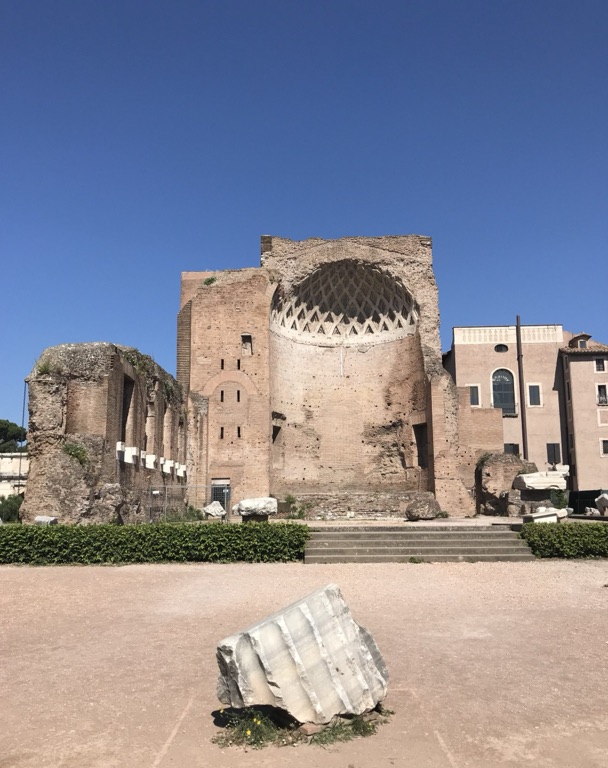Summary
The Grandeur of The Temple of Venus and Roma
Nestled in the heart of Rome, The Temple of Venus and Roma stands as a majestic testament to ancient Roman architecture and religious life. Built by Emperor Hadrian in the 2nd century AD, this temple was renowned as the largest in Rome, symbolizing the grandeur of the Roman Empire. It honored Venus, the goddess of love and beauty, and Roma, the personification of the city. The temple’s design is remarkable, featuring a double-back-to-back design, with two main chambers facing opposite directions. Its structural ingenuity and immense size continue to captivate visitors and historians alike, embodying a rich cultural heritage that spans millennia.
Get your dose of History via Email
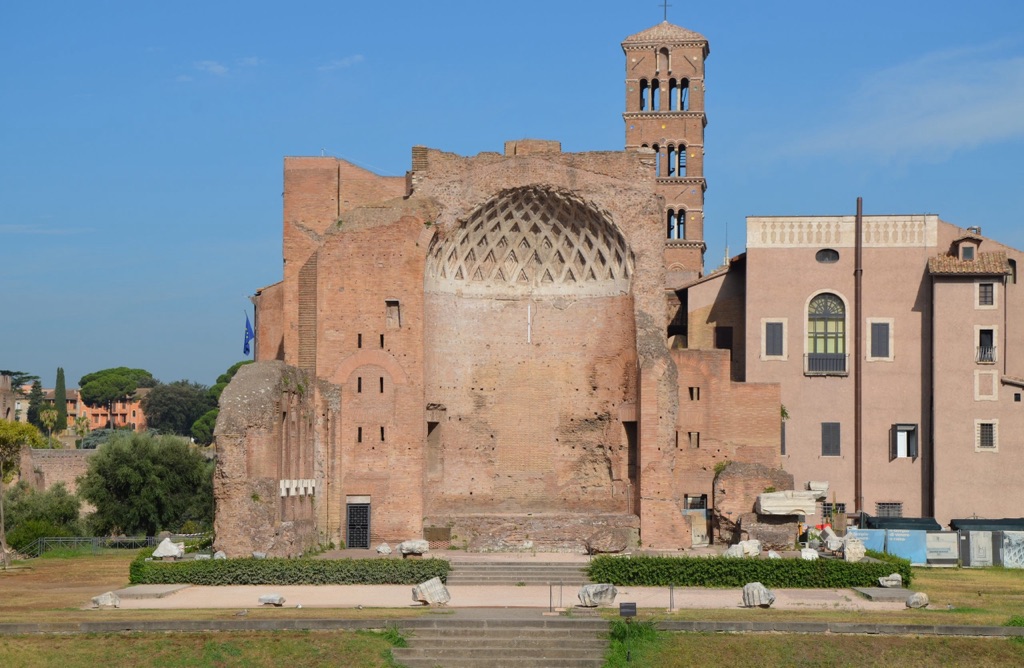
Architectural Marvels Unveiled
The awe-inspiring architecture of The Temple of Venus and Roma reveals a deep understanding of spatial harmony and balance in ancient Roman civil engineering. It boasted two colossal cellae, each containing a statue of the deity it was dedicated to, and an ornate coffered ceiling that enhanced its majestic aura. Despite suffering damage over centuries, including the 9th-century earthquake, restoration efforts have preserved much of its original intricacy. The temple’s remnants offer insights into Roman construction techniques, and its enduring ruins continue to provide a direct connection to Rome’s imperial past for both experts and enthusiasts of classical antiquity.
Legacy and Cultural Impact
The Temple of Venus and Roma not only reflects the architectural accomplishments of the Romans but also serves as an emblem of the city’s historical narrative and spiritual life. Its relevance extends beyond aesthetics, underscoring the societal and political influence of religion in ancient Roman society. Today, it stands as a culturally significant monument, attracting scholars and tourists who seek to experience its timeless splendor. The temple’s legacy continues through art, literature, and educational programs that emphasize its historical significance and influence. It remains an irreplaceable piece of world history, inspiring awe for future generations.
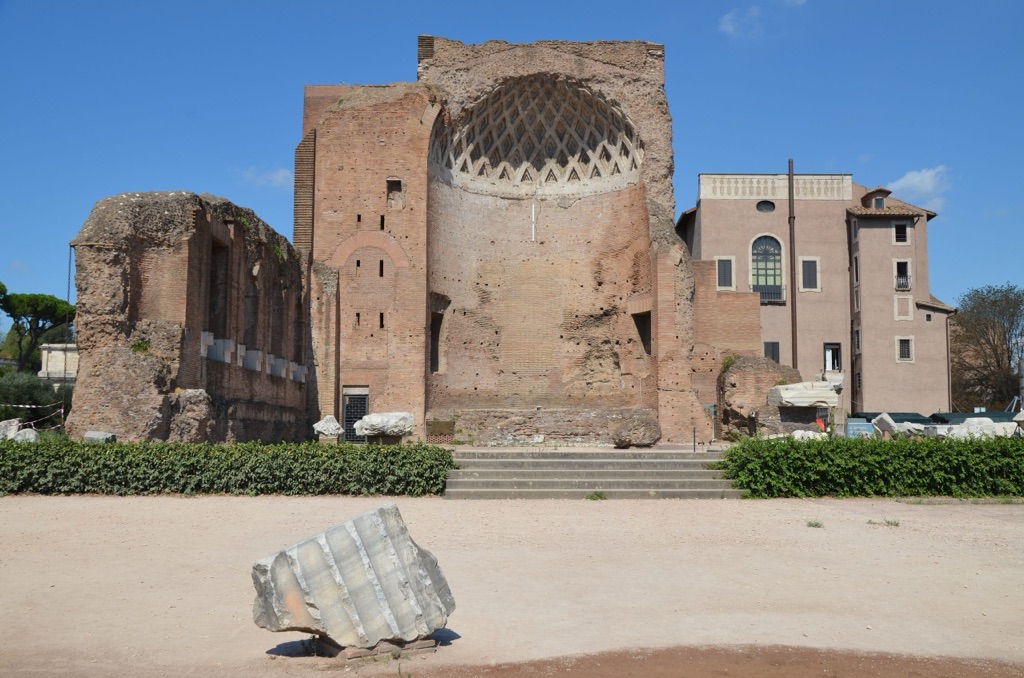
Historical Background of The Temple of Venus and Roma
Origins of Iconic Deities
The Temple of Venus and Roma, a significant historical site in ancient Rome, was dedicated to the goddesses Venus Felix and Roma Aeterna. Venus, known as the divine mother of the Roman people, was worshipped for her beauty and love. Roma, on the other hand, stood as the personification of the city and its citizenry, epitomizing the strength and spirit of Rome. Built by Emperor Hadrian, work on the temple commenced around 121 AD and was completed in 135 AD, with further embellishments added by his successors. These deities were perfectly chosen to symbolize the power and allure of the Eternal City, reflected in the temple’s magnificence.
Hadrian’s Architectural Vision
Emperor Hadrian himself, noted for his architectural endeavours, is said to have designed this grand temple. Breaking from traditional designs, he introduced the innovative feature of two conjoined cellae that shared a back wall. The temple’s construction involved thousands of artisans and laborers, incorporating an array of materials and techniques. The result was a colossal structure, celebrating Hadrian’s architectural vision and Rome’s adulation for Venus and Roma. This temple exemplified the Empire’s achievements, proudly standing on the Velian Hill overlooking the Roman Forum.
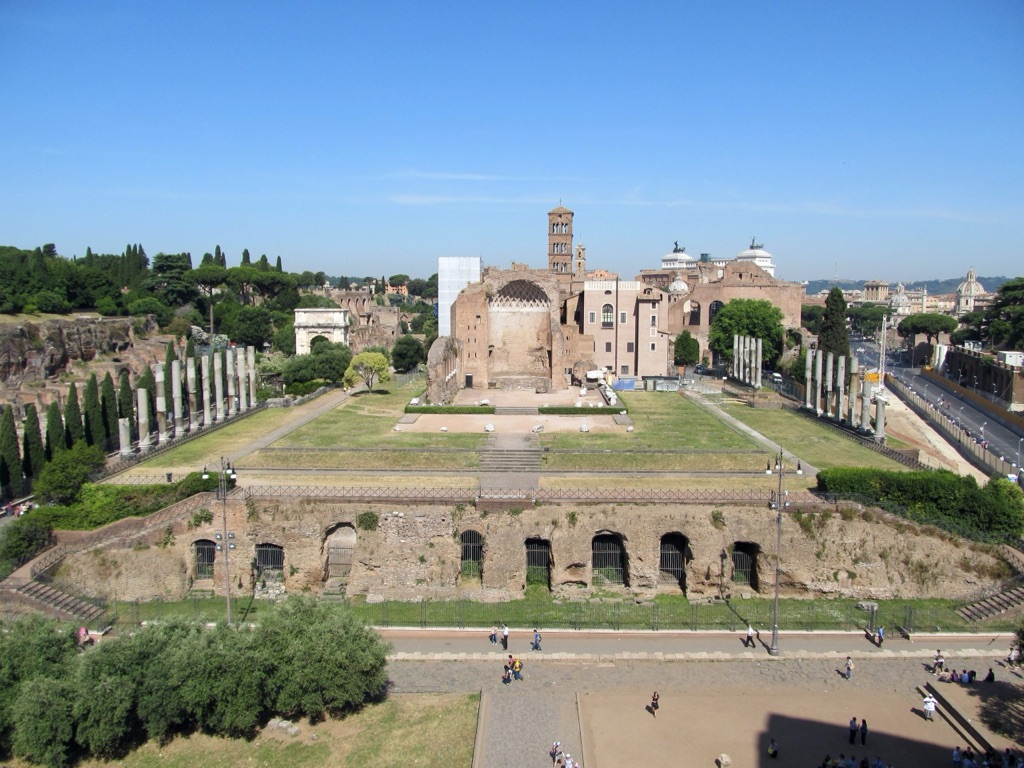
Cultural and Religious Significance
The Temple of Venus and Roma had immense cultural and religious importance in ancient Rome. With its immense size and prominent location next to the Colosseum, it was a central part of public festivals and ceremonies. This temple was a testament to Rome’s religious devotion and cultural identity, epitomizing the splendor that Rome offered to its deities. Its dual dedication to Venus and Roma manifested the intersection of divine love and civic pride, central to the cultural fabric of the city.
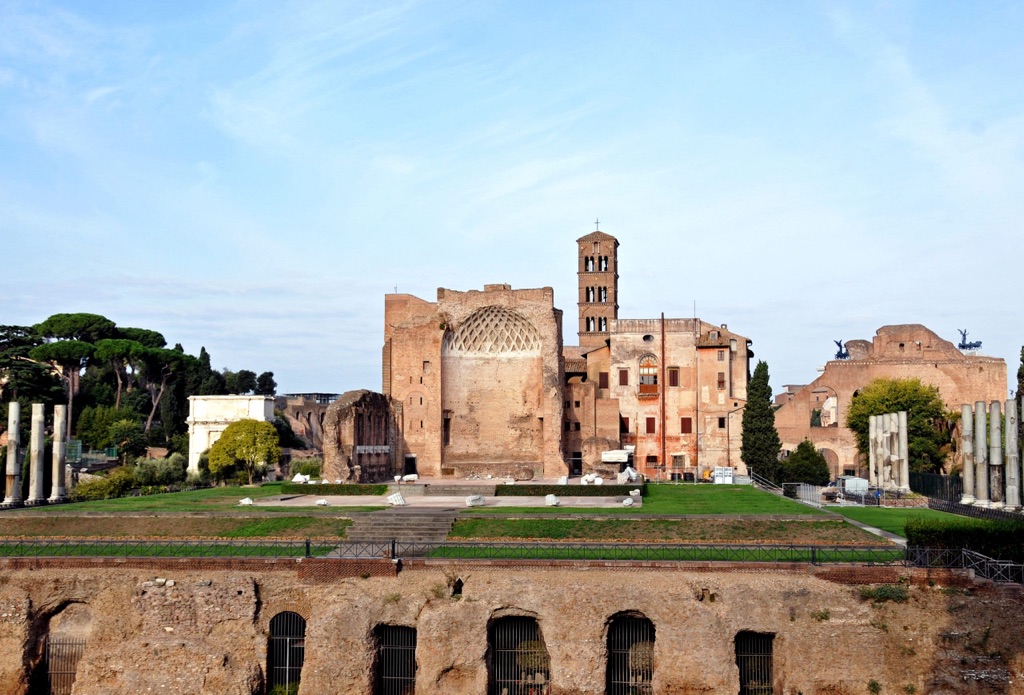
Architectural Splendor and Decline
The Temple of Venus and Roma was an architectural masterpiece, characterized by its symmetrical layout, twin cellae, and intricate design. However, as centuries passed, the temple fell into disrepair. Following the decline of the Roman Empire, the temple suffered from neglect, and its materials were repurposed for newer buildings. Despite this, the remaining ruins of columns, steps, and platforms still impress visitors, revealing the temple’s past grandeur and the sophistication of Roman architecture.
The Temple Today: A Window to the Past
Today, the ruins of The Temple of Venus and Roma are a window into the ancient world, offering glimpses into Roman culture, architecture, and religious practices. As one of the key historical landmarks in Rome, it attracts countless visitors who come to marvel at its history. Conservation efforts ensure that this awe-inspiring temple continues to connect us to the splendor of ancient Rome, inspiring the imagination with visions of its once regal presence amidst the Roman skyline.
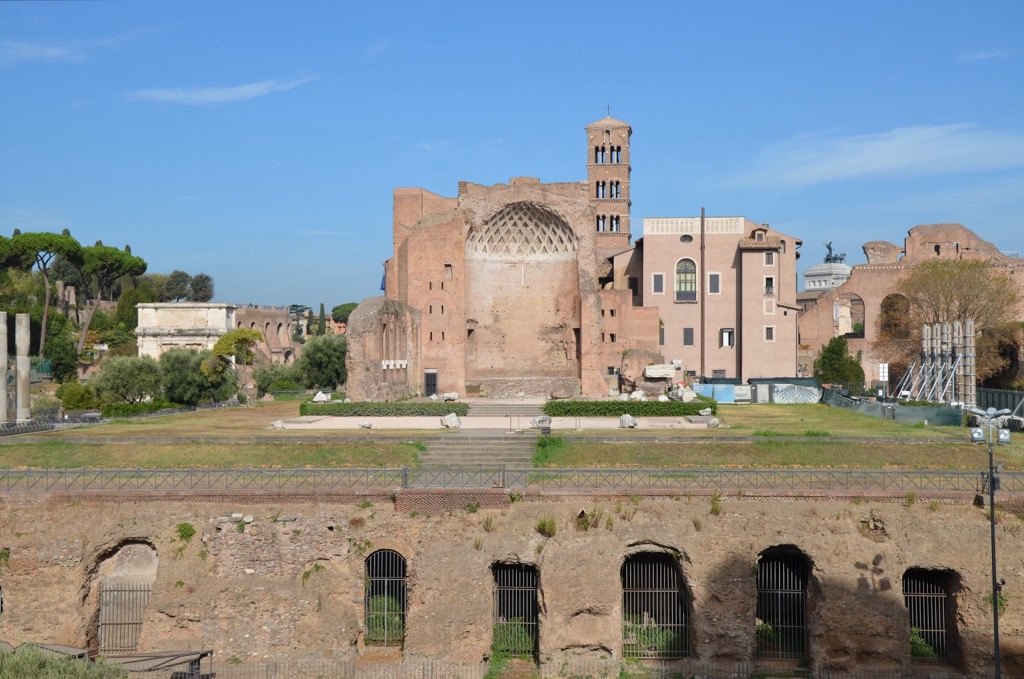
The Discovery of The Temple of Venus and Roma
Unearthing an Ancient Marvel
The Temple of Venus and Roma lay hidden for centuries beneath the bustling life of modern Rome until its significant excavation in the 18th century. It was during this period, rich in the resurgence of interest in classical antiquity, that archaeologists uncovered the majestic ruins. The temple’s discovery propelled further explorations into Rome’s ancient history, offering new insights into Roman culture and architecture. Each unearthed artifact brought the temple’s grandeur back to life, captivating scholars and history enthusiasts worldwide.
Pivotal Archaeological Endeavors
Initiated by pioneering visionaries, the excavation of the temple was a milestone in archaeological work. The leading figures at the time, including the famed Italian archaeologist Giacomo Boni, played crucial roles in overseeing the meticulous dig. Their dedication to restoring the city’s imperial past led to a greater understanding of the temple’s structural complexity. Detailed records of the excavation provided a snapshot of the temple as it once stood, highlighting the artistry and engineering prowess of the Roman world.
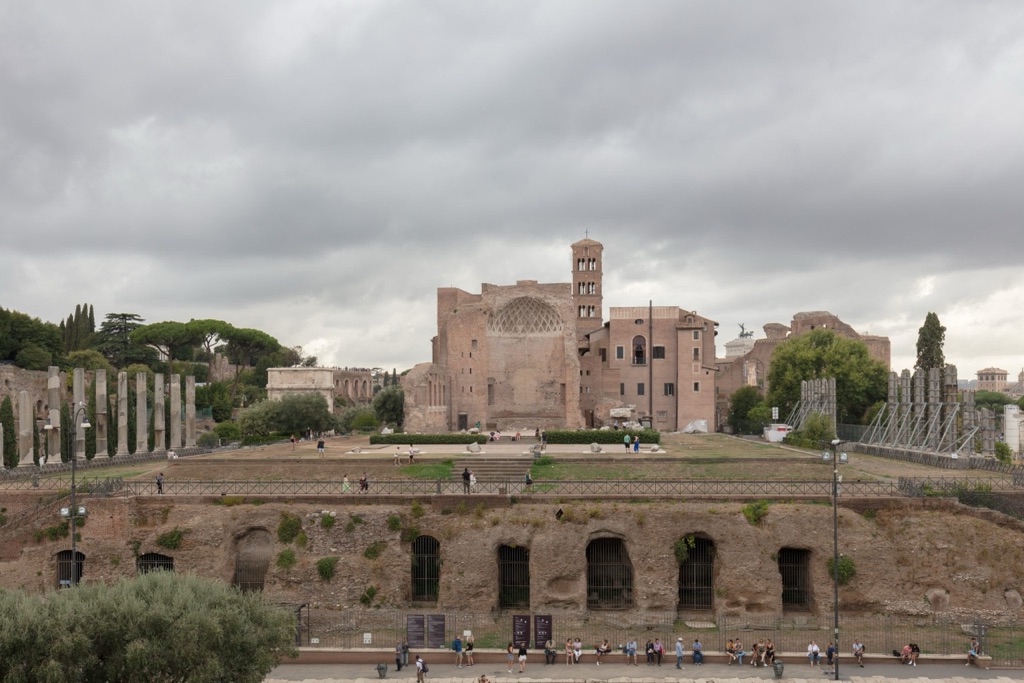
Revealing Layers of History
Uncovering the Temple of Venus and Roma was akin to peeling back layers of history. Each tier revealed different aspects of ancient Roman life, from religious practices to daily activities. As excavators unearthed statues, friezes, and inscriptions, the temple’s historical narrative unfolded. This process not only shed light on the monument’s past but also on the broader story of the Roman civilization’s rise and decline.
From Ruins to Revelation
As researchers meticulously analyzed the recovered pieces and structural remnants, the significance of the temple became clear. It was not only central to Rome’s religious community but also a beacon of imperial propaganda. The restoration work uncovered how the temple was strategically positioned within the cityscape, symbolizing Rome’s unrivaled status in the ancient world. Today, these findings inform restorations and presentations of the site, allowing visitors to appreciate its historical role.
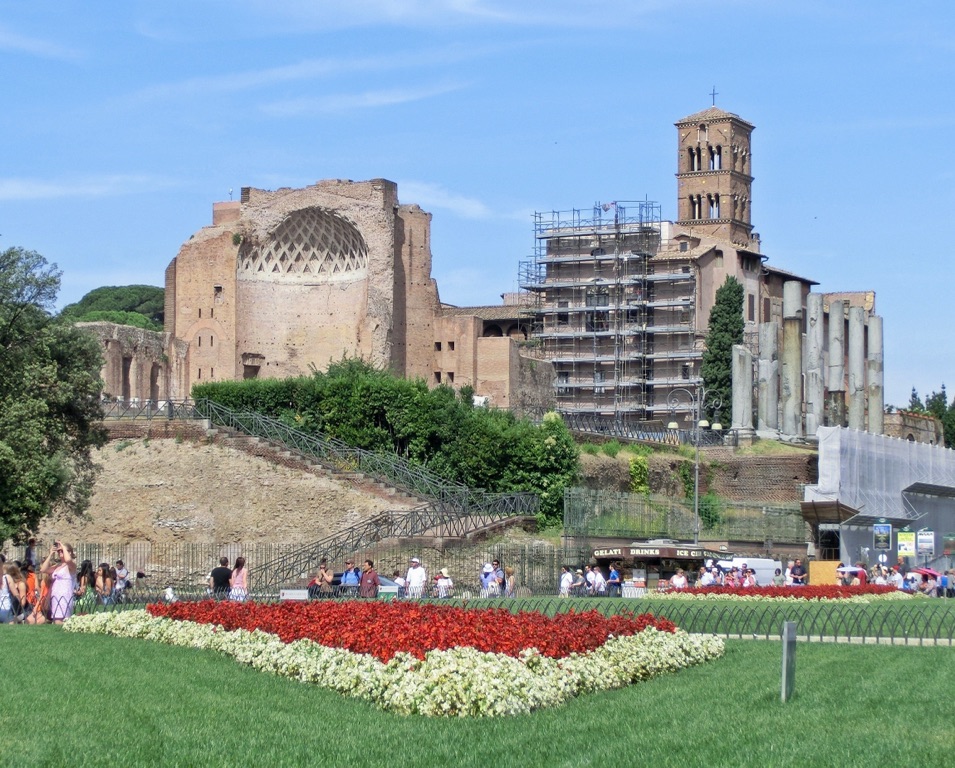
Impact on Modern Understanding
The discovery of The Temple of Venus and Roma has profoundly influenced our modern comprehension of ancient societies. Through careful preservation and academic study, the temple continues to be a source of inspiration and fascination. It stands as a testament to ancient ingenuity and craftsmanship, bridging the past and present and enriching our knowledge of human history.
Cultural Significance, Dating methods, Theories and Interpretations
Cultural Importance of the Deities
The Temple of Venus and Roma is steeped in cultural importance due to its dedication to two paramount deities. Venus, embodying love and fertility, held a critical place in myth and society, while Roma represented the eternal spirit of the city itself. Together, they signified the unity and prosperity of Rome, an ideology mirrored in the temple’s engravings and altars. The temple thus served as a cultural anchor, reinforcing the city’s identity through its religious architecture and communal rituals.
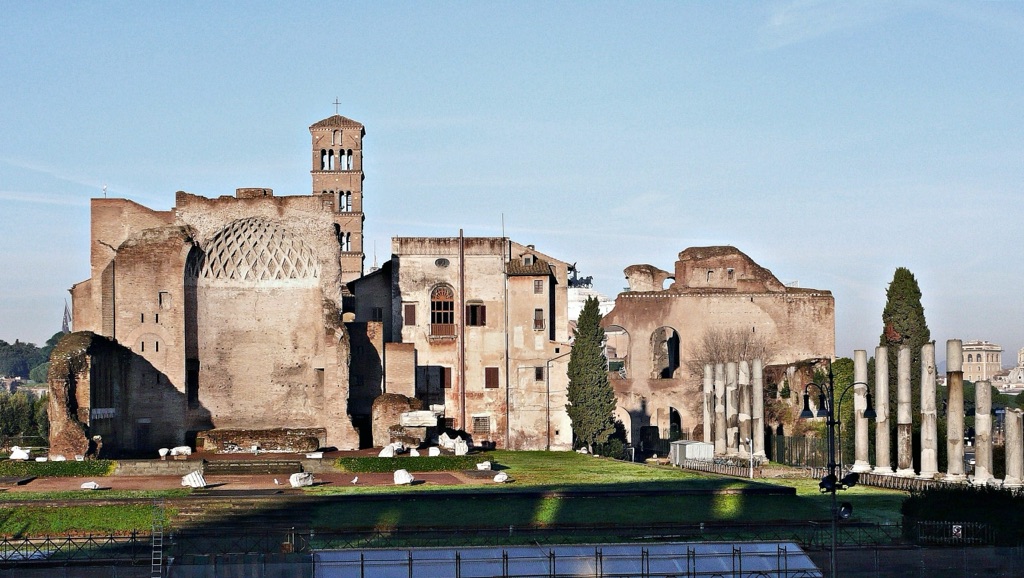
Chronology Established Through Archeology
Precisely dating the construction of The Temple of Venus and Roma required advanced archaeological methods. Through stratigraphy, scholars examined soil layers, while analysis of construction materials offered clues to the building phases. Carbon-dating of organic materials found on-site provided further timeframes for the temple’s inception and use. These scientific techniques established a more accurate historical timeline, enhancing our understanding of Roman engineering and cultural practices during the temple’s era.
Unraveling Theories Surrounding the Design
Several theories have emerged concerning the construction and design of the temple. Some suggest Emperor Hadrian himself, known for his architectural pursuits, was involved in the initial design. Others attribute the characteristic layout of twin chambers facing away from each other to traditional religious duality. Scholarly debates continue as new evidence sheds light on the temple’s original appearance and the architectural intentions behind its grand scale and orientation.
Interpreting Religious and Political Roles
The Temple of Venus and Roma also played a significant political role. By aligning itself with the divine, the leadership emphasized Rome’s destined prosperity and the emperor’s closeness to the gods. The temple’s grandeur underscored this message, solidifying the emperor’s position in the social hierarchy. As interpretations of its legacy evolve, the temple continues to reveal the intersection of religious devotion and political strategy in ancient Rome.
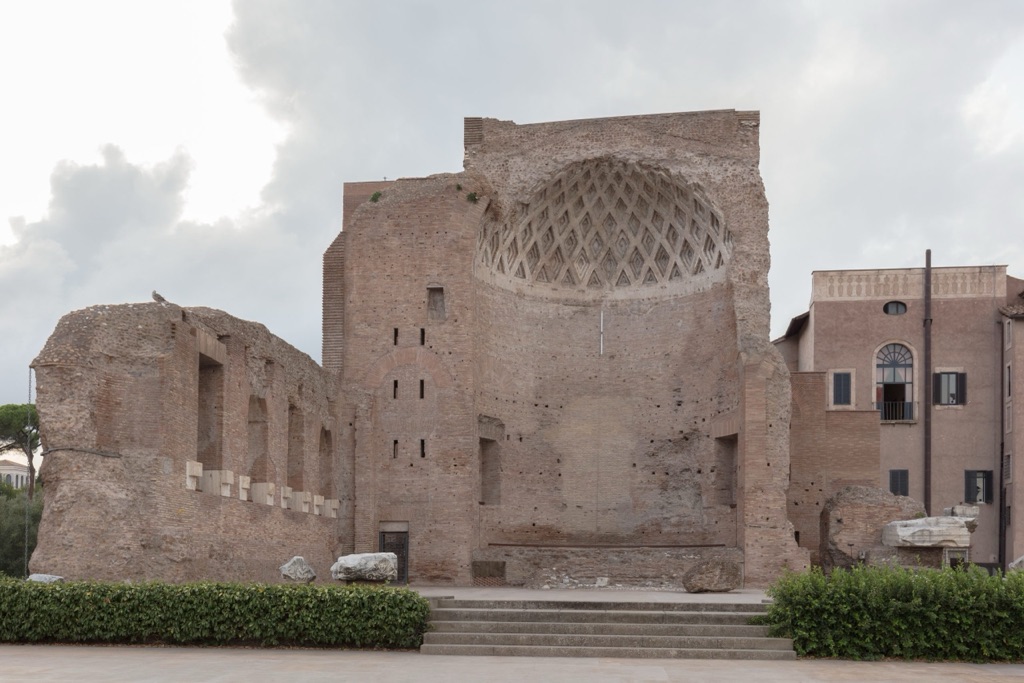
Past Meets Present in Modern Scholarship
Today’s interpretations of The Temple of Venus and Roma reflect on its original dual purpose – as a religious monument and a testament to Rome’s imperial power. This perspective has evolved as scholars piece together the temple’s historical narrative through meticulous study of ancient texts, inscriptions, and surviving architectural elements. Reconciling the past with the present, experts strive to understand the temple’s significance in its heyday, considering the broader context of its influence on subsequent generations.
Conclusion and Sources
The Temple of Venus and Roma stands as a timeless symbol of Rome’s architectural prowess and cultural vitality. As an integral part of the city’s historical and religious landscape, it has captivated the imaginations of scholars, historians, and visitors for centuries. The archaeological efforts, scholarly research, and historical interpretations have significantly enhanced our comprehension of ancient Rome’s splendor. Although the temple’s full splendor has waned, its ruins continue to bear witness to a once-magnificent past. Through careful preservation and continued academic interest, The Temple of Venus and Roma will undoubtedly inspire and educate future generations on the grandeur of the Roman Empire.
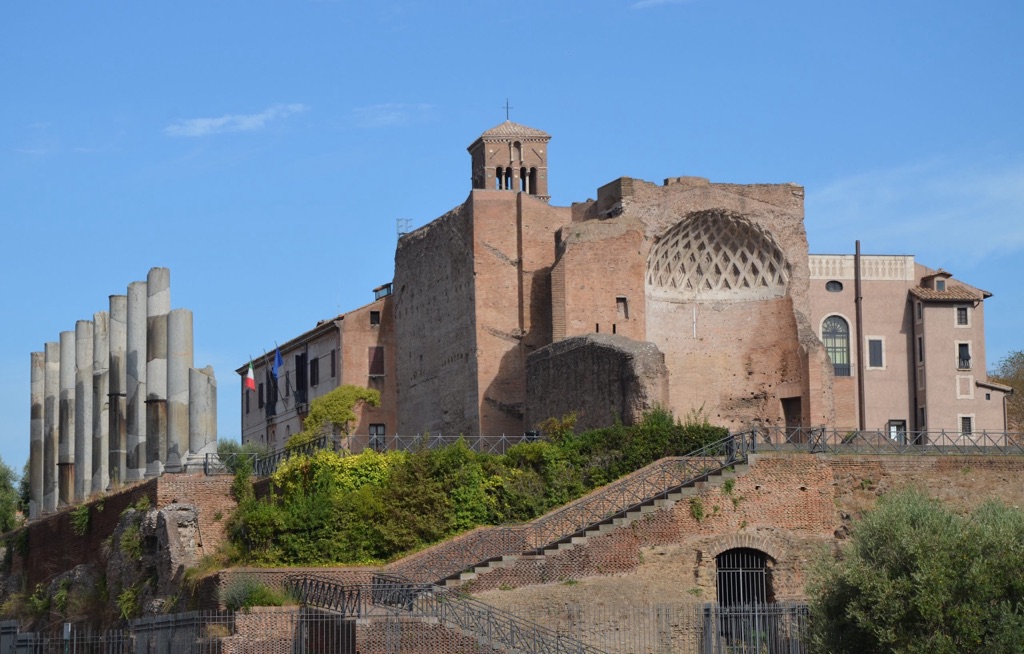
For further reading and to validate the information presented in this article, the following sources are recommended:
Or you can check any of these reputable archaeological and historical texts:
Claridge, A. (2010). Rome: An Oxford Archaeological Guide. Oxford University Press: Oxford.
Coarelli, F. (2007). Rome and Environs: An Archaeological Guide. University of California Press: Berkeley.
Favro, D. (2005). “Making Rome a World City.” In A Companion to the Roman Empire. Blackwell Publishing Ltd: Malden, pp. 197-218.
Richardson, L. (1992). A New Topographical Dictionary of Ancient Rome. Johns Hopkins University Press: Baltimore.
Ziolkowski, A. (1992). The temporal setting of the buildings of the Forum Romanum and the Palatine. Antiquity, 66(252), 632-649.

